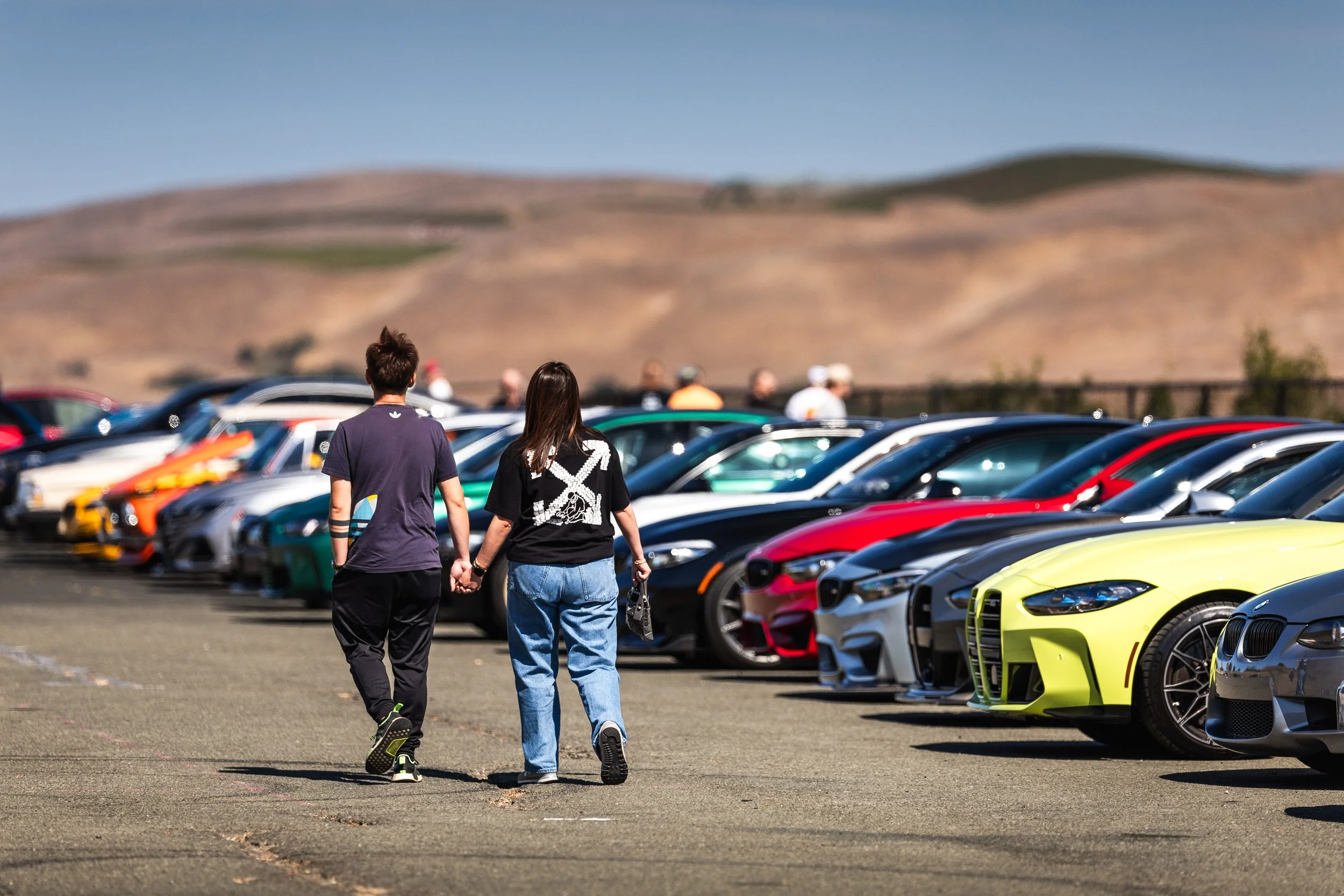
SpeedSF Blog
Every Build Has a Story – Meet the Cars of SpeedSF

Bimmerfest 2025: Redeemed from the Rain
With over 250 in attendance, 35 cars providing ridealongs, and multiple prizes available from Liqui Moly, our latest Bimmerfest at Sonoma Raceway went off without a hitch.

Thomas' Corvette: In Good Company
In only two years, Thomas has learned more than most will grasp in a decade of track days. Having a solid, dependable C5 has helped him put in his time, and having Elite Performance as a resource has made fine-tuning the car so much simpler.

Legend's Supra: Big Brain Move
Legend wisely picked a platform he could grow into. Rather than dump big dough on mods, he did the bare minimum with setup and spent his time in the seat, not underneath the car.

Jake's S2000: Balance and the Best of All Worlds
Jake learned that he really can have it all with his AP1 S2000. Basic but capable, this particular car has just what’s needed and nothing more to make it unreliable. Plus, it looks better than most with a distinct coat of Porsche Chalk.
